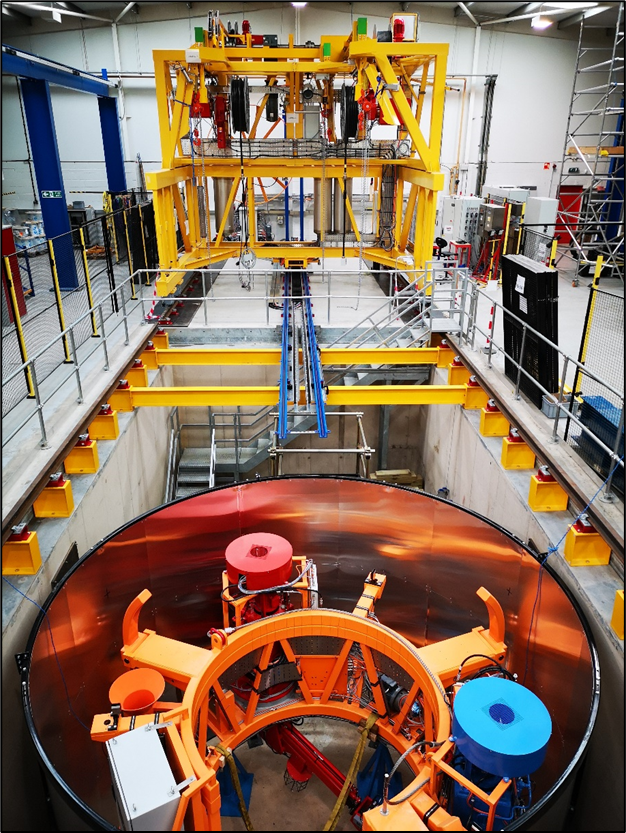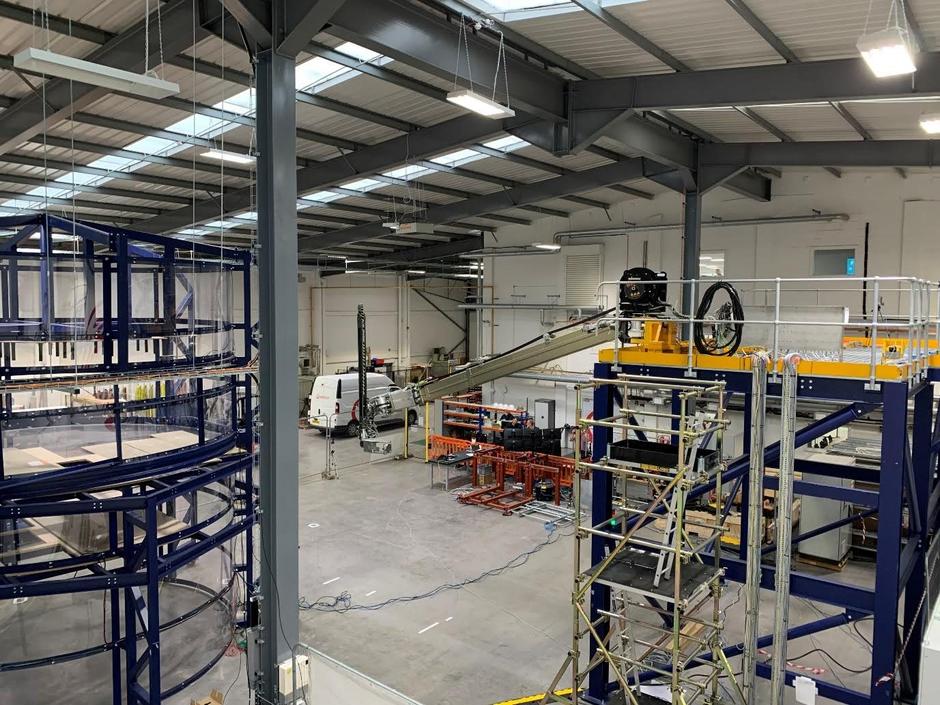In the introduction to this series the fundamental question being asked was “What real value does a mock-up bring to a decommissioning programme?”
In conclusion, allocating time and funds to incorporate mock-ups can significantly reduce the risks associated with errors in design, manufacturing, assembly, operational capability, and operator training. The consequences of such errors include increased time, cost, reputational damage, and a loss of confidence from clients and regulators.
Throughout the series, the benefits of mock-ups have been highlighted.
To reiterate the benefits:
- Tangible Validation: Mock-ups provide a physical representation that can validate design concepts and operational procedures in a real-world context. This is especially valuable for complex or high-stakes projects.
- Operational Realism: They allow for the testing of operational scenarios that may be difficult to simulate entirely in virtual environments, ensuring that real world challenges can be addressed.
- Human Interaction: Mock-ups offer a hands-on experience, allowing operators and project stakeholders to physically interact with the design, which can be important for training and understanding and increasing operational efficiency.
- Safety Assurance: In hazardous or critical environments, physical mock-ups can serve as a crucial tool for safety validation, ensuring that protocols and procedures are effective.
- Client and Regulator Confidence: All of the work during the mock-up period helps to increase Client and Regulator confidence that the proposed solution will work.
While not everyone may be fully convinced or able to afford the time and expense of a mock-up, the consequences of neglecting this crucial step can be severe. Time and again, when testing and validation have been restricted to the most basic actions, the impact of a simple failure, a minor omission, or an untested assumption can result in significant added time, cost, and reputational damage that far outweigh the initial investment required for a mock-up. The importance of doing it right in the first place cannot be overstated.
The successes and good use of mock-ups in this series have highlighted the benefits and demonstrated their value. Numerous conference papers in the UK and internationally have further validated the significance of mock-ups in various industries.
In conclusion, let us continue to embrace the benefits of mock-ups and strive for excellence in our work, ensuring that we prioritise safety, efficiency, and successful outcomes through the effective utilisation of mock-up methodologies. By doing so, we can collectively contribute to the continued advancement, improvement and reputation of decommissioning programs and other complex projects.



ABOUT THE AUTHOR
With nearly 40 years of experience in the nuclear industry, David Loughborough has made significant contributions to various aspects of the field. His journey began in 1985 as a graduate at AERE Harwell, following an apprenticeship and earning a degree. In the 1980s, he worked on the circular filter development program, and during this time, he built his first mock-up of an MOD facility to demonstrate an accident scenario safety feature.
Throughout the 1990s, David managed projects at Harwell, Amersham International, and AWE. His expertise expanded to include leading teams at Dounreay, focusing on design, reactor maintenance, and decommissioning. He then went on to work for renowned organisations such as Jacobs, AREVA (now ORANO), and Veolia, where he served as the Managing Director of VNS UK, the UK Nuclear arm of Veolia.
David's contributions extend beyond his project management roles. He has actively participated in British and European standards committees for nuclear ventilation and filtration. He has also published papers on his decommissioning projects and has shared insights on training and developing project managers. In recognition of his exceptional work, he was awarded the APM's PM of the Year in 1995.
Most recently, David has developed a comprehensive training program aimed at supporting non-nuclear engineers, designers, and project managers as they transition into the nuclear industry. This program provides a thorough introduction to the nuclear industry's history and current practices, equipping professionals with the knowledge and skills required to excel in their roles.


